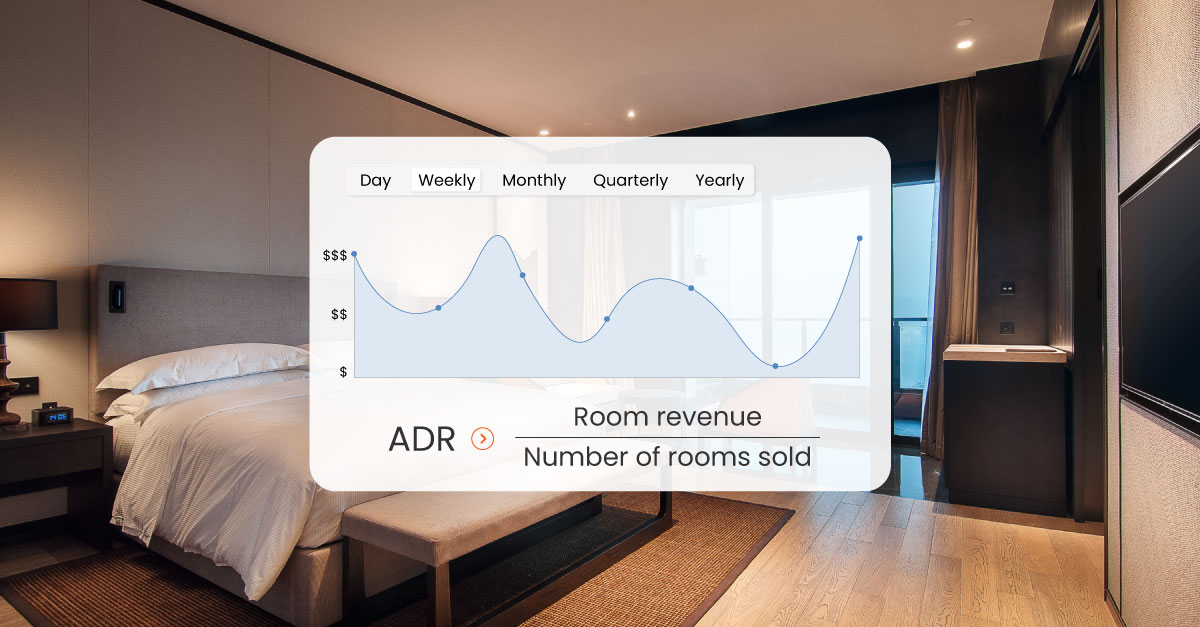
As every hotelier knows, demand for rooms isn’t steady throughout the year; it rises and falls, creating distinct high and low seasons. Understanding these seasonal patterns is key to running a successful hotel business.
The high season, often called the peak season, is when demand soars, rooms fill up quickly, and rates can reach their highest. On the other hand, the low season brings a noticeable dip in bookings, leading to lower occupancy and more competitive pricing. Keep on reading to learn how to turn low seasons to your advantage.
What are low and high seasons?
Demand for hotel rooms varies throughout the year, creating high and low seasons. During the high season, also called peak season, demand reaches its peak, resulting in high occupancy rates and premium room prices. In contrast, the low season is marked by decreased demand, leading to lower occupancy and more competitive room rates as hotels attract guests during quieter times.
How to maximize your opportunities?
Maximizing opportunities during low seasons requires a proactive approach; you can turn low seasons into valuable growth periods and lay the groundwork for future success. Here is how you can do it:
Marketing strategies
If you want to attract more guests during low seasons you need to be mindful about your strategies. With the right strategies, you can not only reach more guests but also foster loyalty and create memorable stays that keep visitors coming back.
Run off-peak promotions: Offer special discounts and value-added packages tailored to attract guests during the low season. Consider creating staycation deals for locals, extended-stay discounts, or bundled experiences like spa packages, dining credits, or partner activities. These promotions make your hotel more appealing during quieter times and encourage bookings by adding extra value that goes beyond a simple room rate reduction.
Leverage social media: Use social media platforms to showcase your hotel’s unique features and attract guests during slower periods. Highlight seasonal experiences, special offers, and local attractions with engaging content such as photos, videos, and guest testimonials. Collaborate with local influencers or create campaigns encouraging followers to share their stays, building a sense of community and interest. Social media also allows you to target specific audiences, such as locals looking for a nearby getaway or remote workers seeking a change of scenery, helping you drive bookings directly from these channels.
Target new segments: Expand your reach by identifying and appealing to guest segments who might not typically visit during peak season. Consider targeting remote workers seeking a change of environment, families looking for affordable vacations during school breaks, or wellness travelers interested in a peaceful retreat.
Tailor packages to these groups with offers that address their specific needs, such as extended-stay discounts for remote workers, family-friendly amenities, or wellness-focused activities. By catering to these diverse audiences, you can attract new types of guests and fill rooms that might otherwise go unbooked during low periods.
Training and development
The low seasons are the perfect time to invest in your team; think of this as a way to invest in knowledge. Provide staff with training sessions on areas like guest service, cross-functional skills, or new technology to enhance efficiency and improve the guest experience. Offer workshops or certifications that can help employees grow professionally, boosting their confidence and engagement.
By investing in training and development, you’ll build a skilled, adaptable team that is ready to deliver exceptional service year-round.
Focusing on reviews
During slow seasons, prioritize engaging with guests through reviews to enhance your hotel’s online reputation.
A proactive approach to managing reviews helps build trust and credibility with potential guests, ensuring that your hotel stands out when people are researching options. Collecting guest feedback during quieter times gives you valuable insights for continuous improvement and better service in the future.
Have a plan for the high season
This is your time to strategize and shine during the high season. Review previous peak season data to forecast demand and set competitive pricing strategies. Plan marketing campaigns in advance, including promotions and special events that can be launched as soon as demand picks up.
Use this time as an opportunity to perfect everything and create a place where your guests will want to return.
Conclusion
Turning low seasons into opportunities for growth is all about taking a proactive, strategic approach. With a clear plan in place for the high season, you’ll be fully prepared to meet peak demand, deliver exceptional service, and ensure guests choose to return time and again. Embrace low seasons as a chance to strengthen your hotel, so you’re not only ready but thriving when the busy periods arrive.





